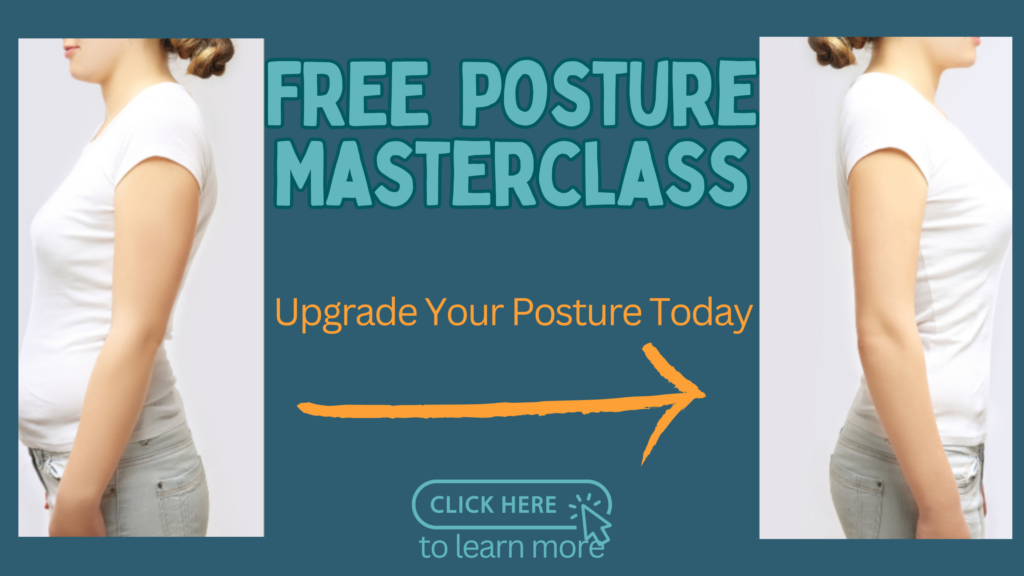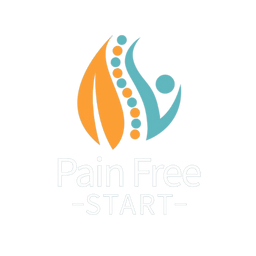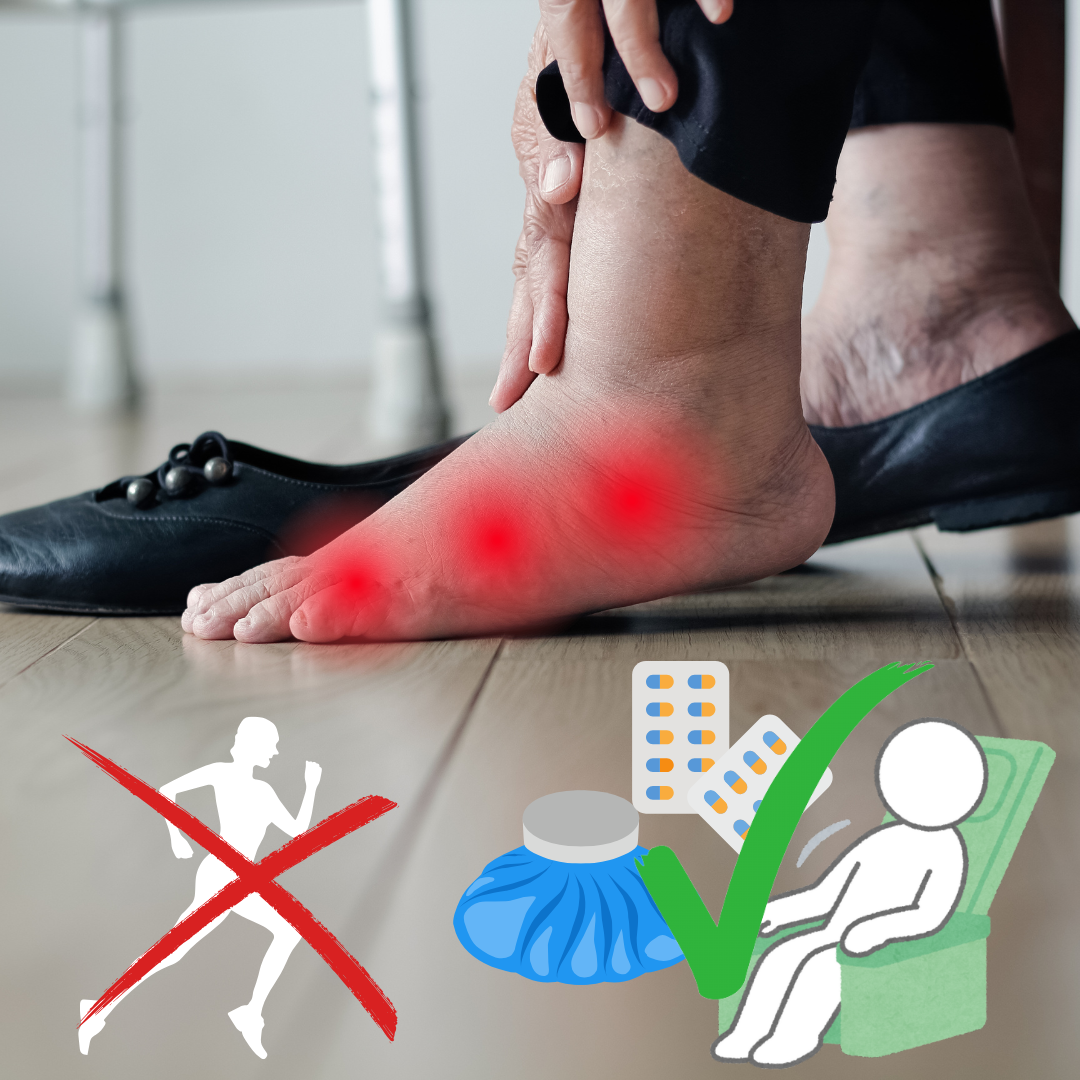Arthritis in the feet is more common than many people realise — and it can make everyday life surprisingly difficult. Pain, stiffness, and swelling in your toes, midfoot, or ankles can affect everything from your balance to your mood. But while foot arthritis can be frustrating, there’s a lot you can do to stay comfortable and active.
In this blog, I’ll walk you through what’s going on inside an arthritic foot, common trouble areas, and my top physio-approved strategies to help you feel better day to day.
What Is Foot Arthritis?
Foot arthritis simply means inflammation and wear-and-tear in the joints of the feet. It can affect any joint, but the most commonly involved areas are:
- The big toe (especially with osteoarthritis or gout)
- The midfoot (between your arch and ankle)
- The ankle joint
- The smaller toes
Foot arthritis can be caused by osteoarthritis, rheumatoid arthritis, post-injury changes, or inflammatory conditions like psoriatic arthritis. Whatever the cause, the result is often the same — joint stiffness, swelling, tenderness, and a real impact on how you walk and move.
Symptoms of Arthritic Feet
- Aching or sharp pain in one or more foot joints
- Joint stiffness, especially first thing in the morning
- Swelling, warmth, or redness
- A “grinding” or “clicking” sensation when moving joints
- Changes to foot shape (such as bunions or collapsed arches)
- Difficulty walking, balancing, or standing for long periods
How to Manage Arthritic Feet – A Physio’s Top Tips
1. Wear Supportive Footwear
Shoes can make a big difference. Unsupportive or poorly cushioned shoes can place more pressure on already painful joints. Look for:
- Firm arch support
- Cushioned soles to reduce ground impact
- A wide toe box to allow for swelling or bunions
- Adjustable fastenings to accommodate changes during the day
👉 These blogs maybe helpful;
- Best Sandals (Women’s Edition) for Arthritic Feet – Comfortable, Supportive Picks for Pain Relief
- Best Sandals (Mens Edition) for Arthritic Feet – Comfortable, Supportive Picks for Pain Relief
- The Best Shoes for Arthritic Feet – Everyday Options That Help, Not Hurt
2. Manage Body Weight
If you are overweight then even small reductions in weight can significantly decrease the load on your feet.
If only it was that easy though! Losing weight is hard enough at the best of times but when you are in pain and exercises is not the easiest option then it makes it even harder. It will make such a difference though.
If this is something you would like to work on, try to focus on gentle, sustainable habits like moving a little more when you can, prioritising whole foods, and getting support when needed.
👉 This blog may help The Impact of Body Weight on Joint Health: Why Every Pound Matters
3. Try Gentle Movement and Exercise
Too much rest can actually make arthritis feel worse. Movement helps keep joints lubricated, muscles strong, and stiffness at bay. Simple, low-impact activities like walking, cycling, swimming, and stretching are excellent choices.
See if you can try:
- Toe and ankle mobility exercises
- Balance work
- Foot-strengthening moves like towel scrunches or toe spreads
A physiotherapist can personalise this for you if you’re not sure where to start.
Find a physio here – Chartered Society Of Physiotherapy
4. Support Your Feet with Strength from Higher Up
Don’t forget your hips, knees and core. These areas affect how you walk and how load is transferred through your legs into your feet. Sometimes helping your feet starts with strengthening your body from the top down.

5. Use Ice (or Heat) for Flare-Ups
Swollen, hot joints often respond well to ice — while stiff, achy joints may prefer heat. Try both (safely wrapped!) and see what feels best. Even 15 minutes can help.
👉 This guide will help Heat or Ice for Pain Relief? When to Use Cold and Heat Therapy for Injuries and Stiffness
6. Think Nutrition and Joint Health
Some foods and supplements may support overall joint health and reduce inflammation. While there’s no magic cure, many people with arthritis find that nutrition plays a role in how they feel.
👉 You can read more in my blog on supplements for arthritis, including collagen, omega-3s, and more.
Final Thoughts
Arthritic feet can slow you down — but they don’t have to stop you. The right combination of footwear, movement, lifestyle support, and flare-up care can make a real difference over time. It’s all the small things that you do that can add up to a big change. I hope you have found this useful, I’m here to help if you need.
Take care, Helen
Helen Manders BSc (Hons) MCSP HCPC
Chartered Physiotherapist Since 2001




